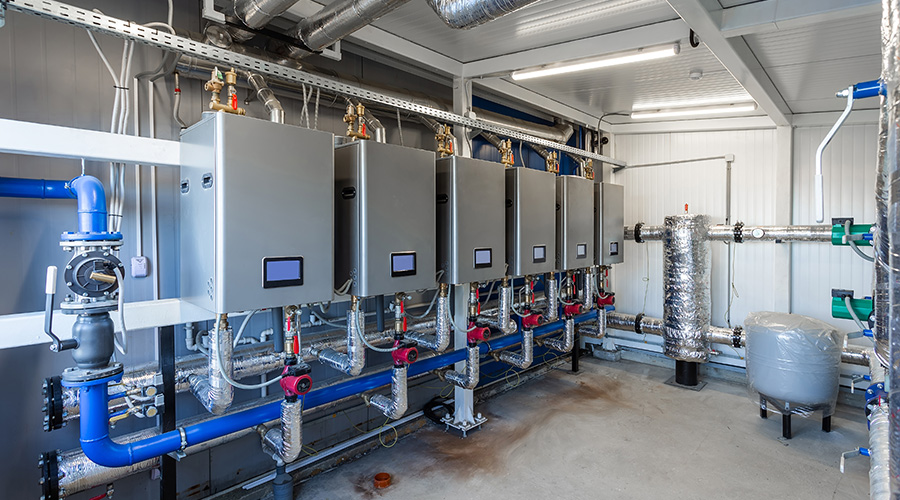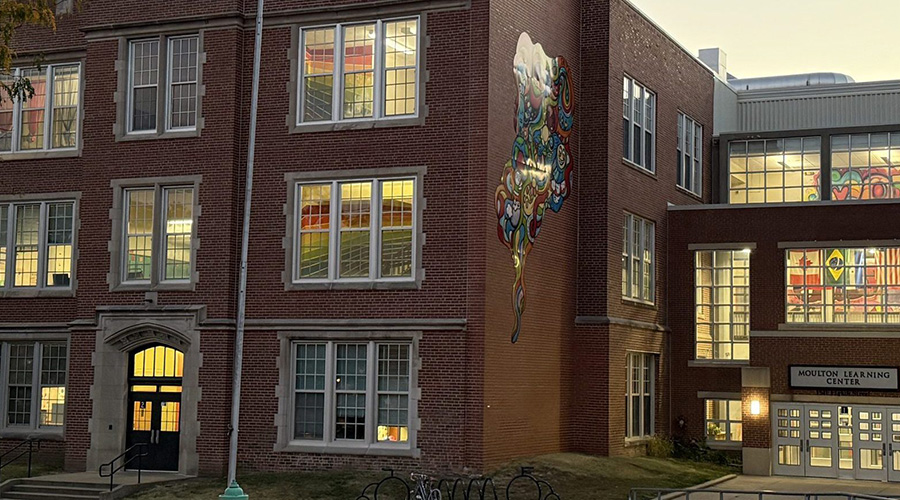Cooling: Assess Overall Heat Gain to Calculate Loads
Computer and telecommunications equipment in server rooms present maintenance and engineering managers with unique challenges in providing efficient cooling. The challenges are due in large part to the critical nature of operations in these areas.
By accurately determining cooling loads, understanding options for equipment purchase and rental, and preparing for installation and maintenance, managers can control energy costs and ensure the peak performance of equipment in these spaces.
Calculating Loads
To specify the most appropriate equipment, managers need to understand the amount of cooling equipment must deliver. Five factors contribute to overall heat gain in a facility: building envelopes, windows, infiltration, heat loads created by people and equipment, and heat from adjacent, uncooled areas.
Cooling loads also vary by building type. Managers need to review the materials involved in the building’s construction and materials, such as pre-stressed concrete, brick, prefabricated panels, window walls, and drop ceilings.
In a data center, equipment creates most of the main heat gain. So managers need to review the location and size of the equipment or data center. A small computer closet with no windows requires different cooling equipment than a large data center with exterior walls and many windows.
Managers also need to consider the kind of power — the number of watts, amps, or volts — available to service the area. How reliable is the power, and what type of system provides an uninterrupted supply?
Computer and telecommunication rooms present special challenges because of the high density of heat-generating loads they contain. When specifying cooling equipment for these rooms, managers need to prepare a complete list of equipment indicating the quantity, description, watts, volts, and amps of each type of equipment. User manuals and equipment nameplates provide important documentation essential for this information-gathering phase.
Accurate cooling-load specifications can mean the difference between a satisfactory and unsatisfactory installation, so it is important for managers to record complete equipment information. If no nameplates or manuals are available, the equipment vendor can help identify the units and related loads.
It is important to note that while data center equipment is important, it is only one component of a building’s total cooling load. Managers need to consider all the other sources — windows, infiltration, people, and adjacent unconditioned areas — to ensure a comprehensive cooling solution.
Related Topics:















